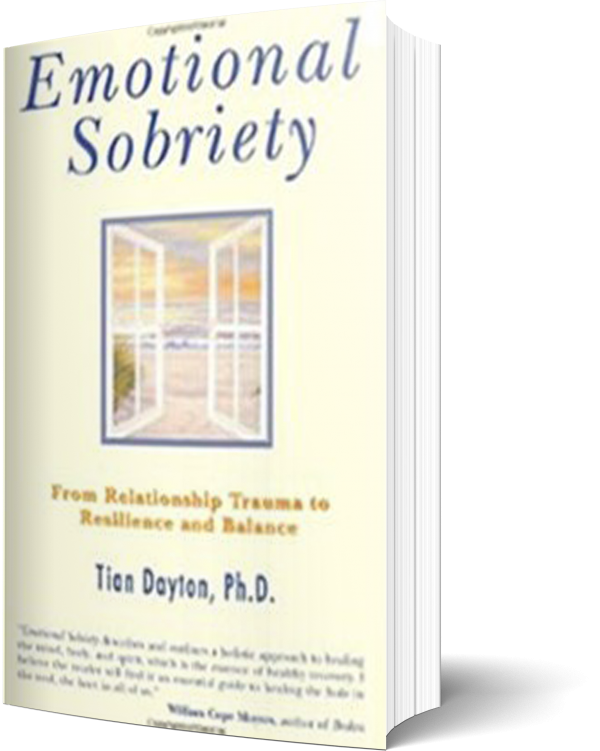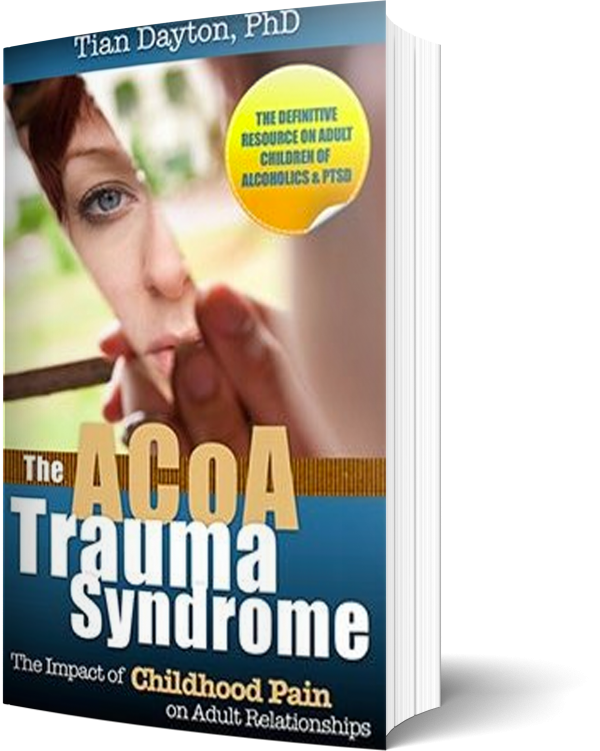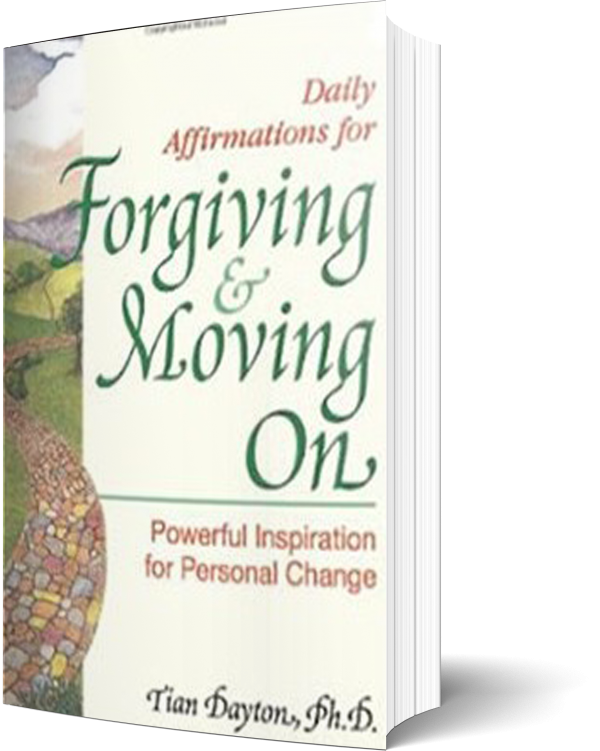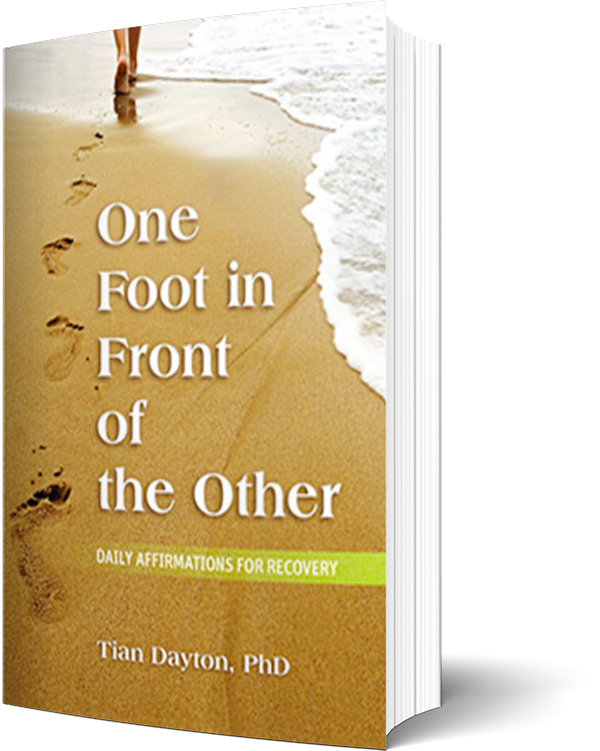Learning to talk out rather than act out our emotions is what separates human beings from the animal kingdom. It is a gift of the prefrontal cortex, that thinking part of our brain that was added, late in our evolution, to our “animal” or “reptilian” brain. The cortex allows us to think, hope and dream….to feel our most primitive feelings and translate them into words, music, poetry or plays. It’s part of our power of reasoning.
“Acting out” is a term psychologists use to describe emotions that don’t really get processed at these higher levels of reasoning. Our more basic animal emotions that come flooding out in the form of fairly mindless actions rather than words; like hitting when we’re angry, bolting when we’re scared. Inside of us, emotions are accompanied by the release of hormones that sooth or agitate us, changes in breath, heart rate and regional blood supply. Outwardly, emotion may manifest through smiling, laughing, crying, blushing, eye-rolling or grimacing; but also in more complex behaviors like yelling, hugging, running away or lashing out.
Most of us have trouble just sitting quietly if we’re experiencing powerful emotions. That’s because the motor or body aspect of emotion is more or less a call toward action. Nature wired us to experience our basic emotions in a split second, before we have time to think about them. That crucial one tenth of a second may mean the difference between life or death, so nature put first things first, safety above understanding. When we’re scared, the thinking part of us temporarily shuts down for some very sound reasons. We aren’t supposed to be distracted by random thoughts when danger threatens. We’re meant to be flooded with the adrenaline we need to fight or flee. Or, if we can do neither, to freeze, to be absolutely still and become “invisible.”
Our ancient fear response happens before any conscious thought enters our process. It is part of our automatic stress response system. This body involvement, this urge to act out emotions such as fear or anger, is the key to understanding why we act out our emotions when we can’t tolerate feeling them. How we feel about being nearly hit by a car, for example, doesn’t enter the picture until we have time to reflect; time to process the feelings that went on hold because we were too terrified to feel them, because we needed to flee for safety fast! But this same fear response can kick in, in less dramatic situations, like when we’re being criticized by our boss or when we’re fighting with our spouse.
Learning to sit with the powerful emotions and physical urges that get triggered inside of us through our fight/flight response, without blowing up, shutting down or otherwise acting out, is key to developing emotional balance and sobriety. It’s when we’re feeling intensely that we’re at risk for becoming unbalanced and losing it. Our feelings run ahead of us and our mind can’t catch up, our emotions get too big for our thinking minds to translate them into words.
Learning to navigate emotionally charged territory without blaming, raging or withdrawing can mean the difference between understanding or misunderstanding, in both our personal and professional relationships. In a way, we have to go against our basic nature at those super charged moments. We have to get ourselves to sit still, really experience what we’re feeling and struggle to find the words that best describe it so that we can elevate these powerful emotions to a conscious level where we can actually think them through. Most of us can manage our more subdued and easy emotions, it’s when we get triggered that we get into trouble.
Developing the skills of emotional literacy in which we bring our emotions into balance through a simple but challenging process of feeling them and translating them into words so that they can be reflected upon inwardly and outwardly, is what allows us to become emotionally balanced and sober people. People who are able to use their emotions consciously to fuel passion, communication and understanding.
Here is a short video clip on attaining Emotional Sobriety:
For more on this and other subjects log onto tiandayton.com or read Dr. Dayton’s book, Emotional Sobriety: From Relationship Trauma to Resilience and Balance.





